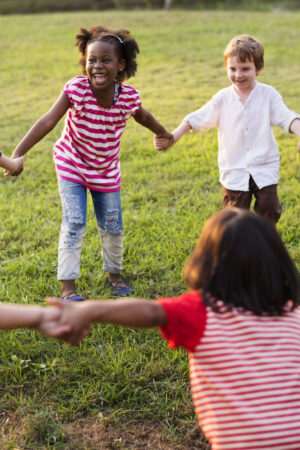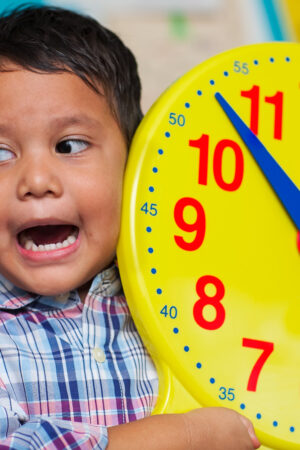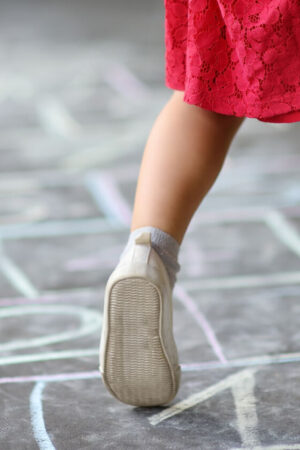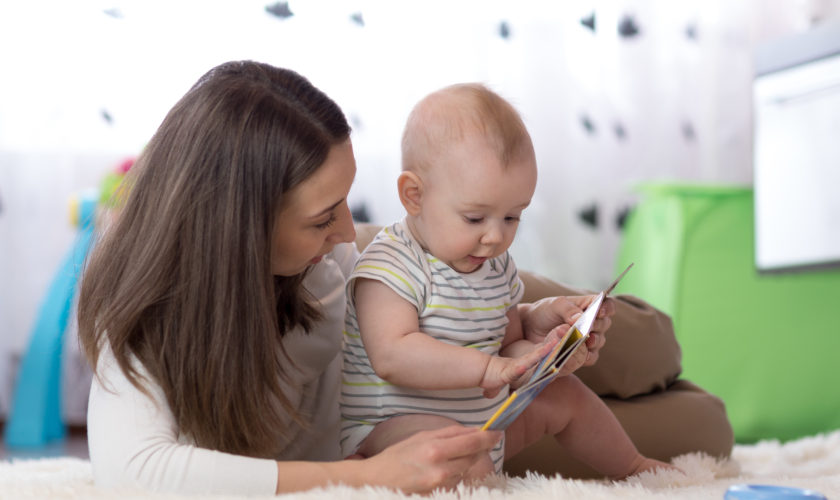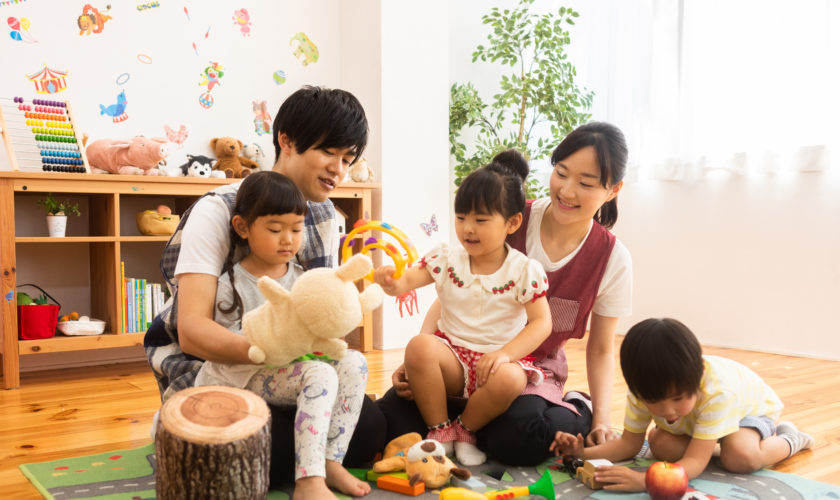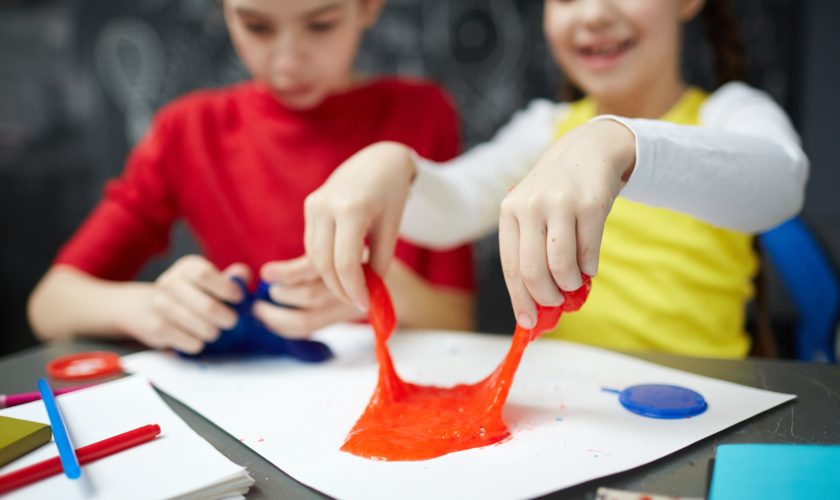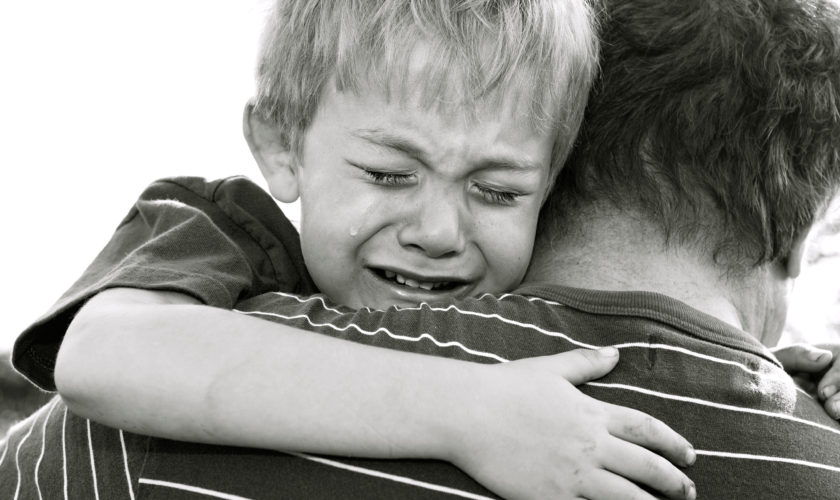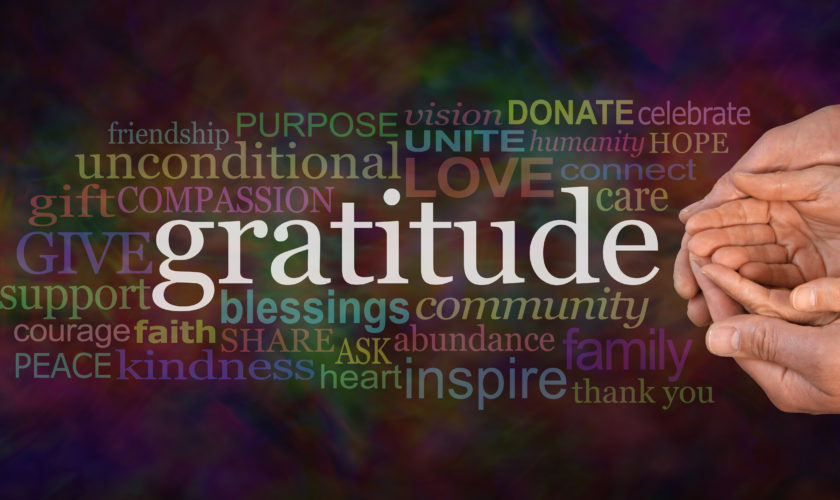Erin DelRegno
A bit about the person interviewed:
Greetings and salutations! (I am a Charlotte’s Web fan!). My name is Paula Schroeder. My mother told me that my unofficial teaching career began at age 5 when I taught my 3-year-old sister how to read. I have been a PA and NJ certified educator since 1982, teaching a variety of subjects from K-8 in Camden, NJ and Philadelphia, PA. Living abroad for 7 years, I taught both kids and adults in Mexico, Honduras, and Venezuela. After returning to the states, I continued my teaching career and am currently a certified principal and director of a 421-child preschool in Philadelphia for the last 11 years. We have risen to a STAR 4 status using ECERS, but in the last year felt challenged to switch to utilizing CLASS to measure and improve our instruction.
